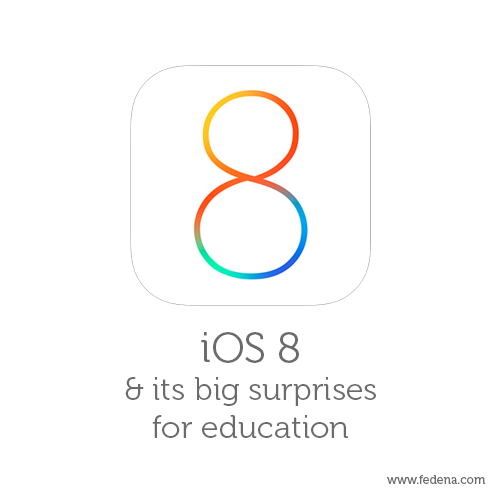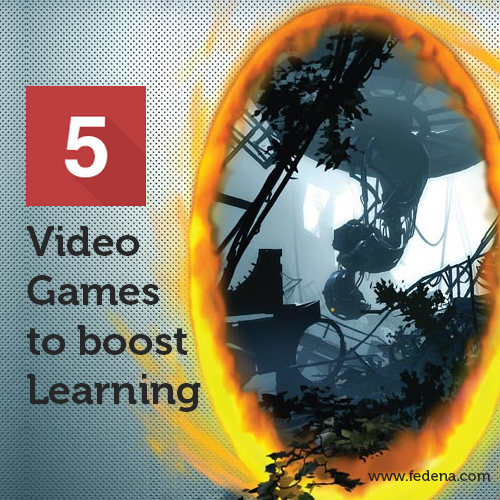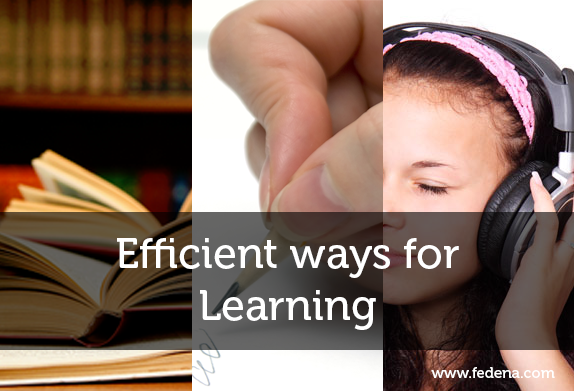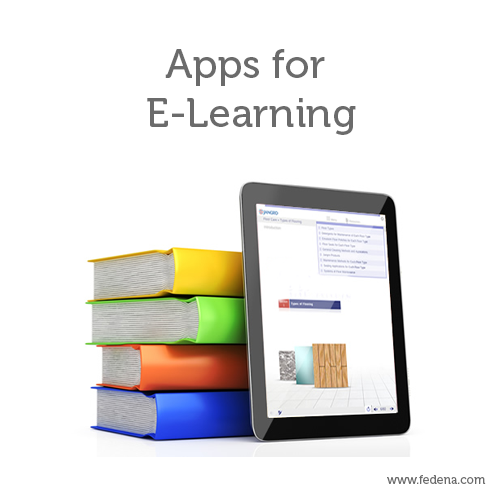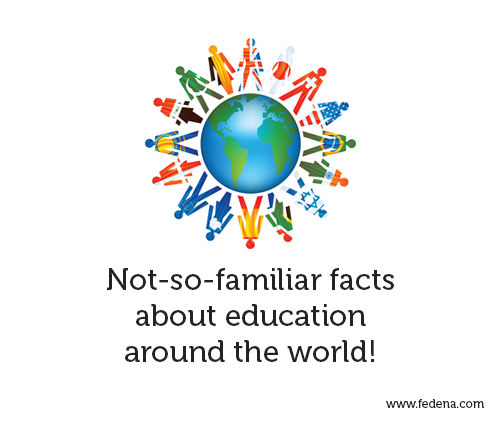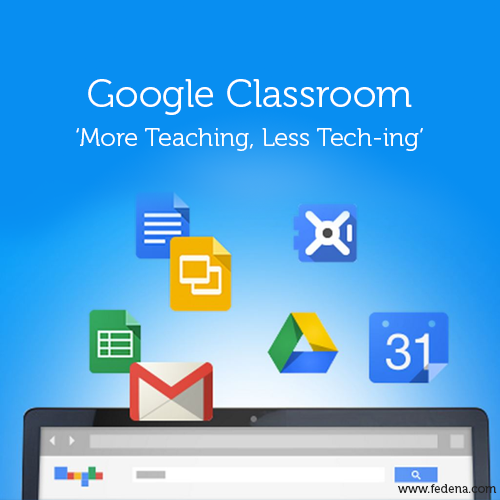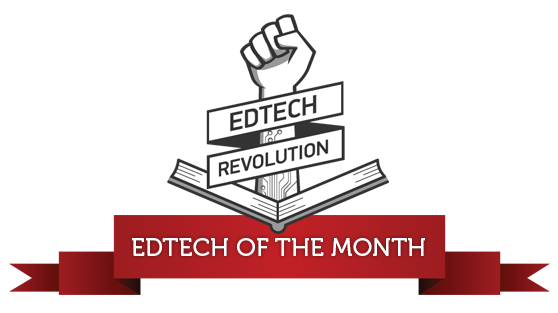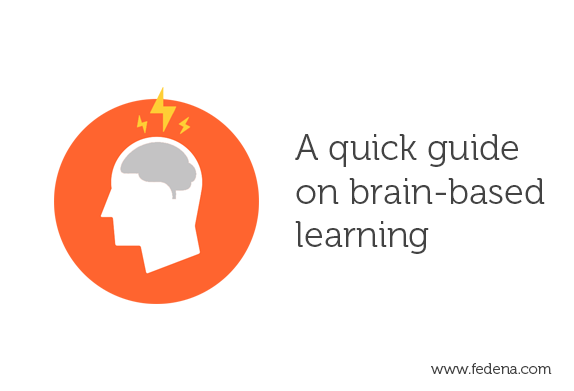 A comprehensive new form of teaching, brain-based education focuses on how the brain learn things naturally. It involves all those teaching methods, programs and designs especially designed on scientific researches on how the brain functions while learning. The researches deal with the learning process of students as they grow up and the various emotional, social and cognitive changes that takes place. In short, the age-old belief of intelligence being a constant thing is proven wrong as new researches have proved the fact that continuous learning and practicing of skills can lead to the brain physically changing. Thus, the overall functioning of the brain can now be modified with proper academic programs in schools and educational institutions has all the reasons to introduce special programs that enhances the functioning of the brain of students.
A comprehensive new form of teaching, brain-based education focuses on how the brain learn things naturally. It involves all those teaching methods, programs and designs especially designed on scientific researches on how the brain functions while learning. The researches deal with the learning process of students as they grow up and the various emotional, social and cognitive changes that takes place. In short, the age-old belief of intelligence being a constant thing is proven wrong as new researches have proved the fact that continuous learning and practicing of skills can lead to the brain physically changing. Thus, the overall functioning of the brain can now be modified with proper academic programs in schools and educational institutions has all the reasons to introduce special programs that enhances the functioning of the brain of students.
What exactly is this brain-based education all about? Defining brain-based learning would refer to all those techniques and programs that are specially designed on scientific findings on how the brain works. Scientific researches on neuroplasticity has been carried out thus proving the fact that neural connections alters themselves accordingly when people learn new things or have new experiences or practice skills for sometime. Moreover, these findings have also focused on the importance of diet and other conditions like stress on learning functions; emotional state of a being can affect the learning process; that the brain uses various areas in it to store information, among a lot of other conclusions. And so, it is advisable to educational institutions to develop programs and lessons to create such environments that would facilitate the learning process, something that would stimulate the brain like, music for de-stressing, healthy food and exercise for the brain, etc. Brain boosting programs are already taking up a concrete shape with institutions coming up with various courses. The Graduate School of Education, Harvard University offers a master degree program on Mind, Brain and Education.
Benefits of Brain-Based Learning
Investing enough time to research of developments according to the way the brain learn things, would bring out learning materials, programs and strategies accordingly. Here, given below are some benefits that brain-based learning offers to students:
- Lesson plans can be customized according to the level of intelligence of students with the right quantity of information being supplied to them.
- Brain based learning strategies can help educators know the different levels of understanding of students, their abilities to perform, how fast they develop skills and their varying learning styles.
- Stressing on brain-based education programs will also motivate educators to stress on foods and exercise regimes for brain boosting. The right food and physical exercises can trigger the right mood for learning.
- When educators have the right understanding of how the brain functions while learning new things, different learning strategies can be formulated accordingly. Different students have characteristics of their own and hence, teaching methods can be designed to meet these characteristics.
Brain-based education, in a brief, is all about the researches to frame out strategies and programs on the basis of how effectively the brain can be used to enhance knowledge intake. Educators should engage in framing out these strategies to utilize the brain for optimal learning.
